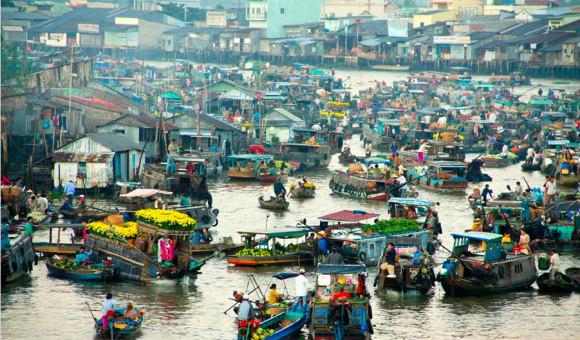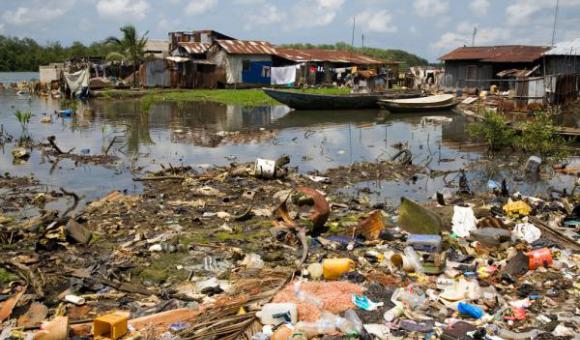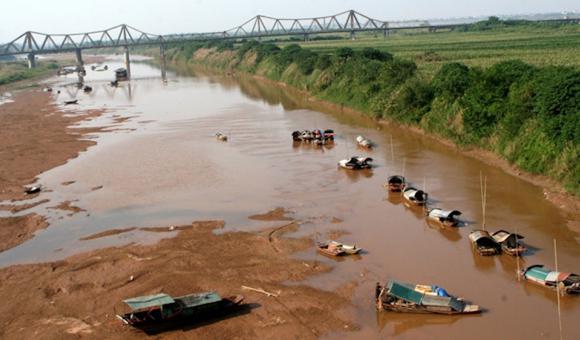The Mekong River, Between Issues and Opportunities06/04/2018
The Mekong River is the longest river in Southeast Asia and flows through 6 different countries: the People’s Republic of China, Cambodia, Lao People's Democratic Republic, Myanmar, Thailand, and Vietnam. In 1992, the Greater Mekong Subregion (GMS) was established and bounded the Mekong countries together. This region rich in natural resources, is one of the most dynamic in the world and has been experiencing a significant economic growth in recent decades. With the support of the Asian Development Bank, the countries joined a program of economic cooperation: The Greater Mekong Subregion Economic Cooperation Program (CEP). This program aims to develop projects in the region in various sectors as environment, tourism, transport, energy etc. Another objective also consists in maintaining dialogue and consultation between the member countries and in making the GMS become a prosperous and harmonious subregion.
This year, at the end of March, the GMS Summit took place in Hanoi, Vietnam. During this event, Vietnam’s strategic position has been emphasized in terms of economic corridors. Actually, the Greater Mekong Subregion counts three main economic corridors (the North-South, the East-West and the Sourthern), which are the centre of economic and social activities as tourism, trade, etc. Vietnam has the chance to participate in the three of them and this substantially boosts the country’s own economic benefits and expands its trade and investment cooperation with the five other GMS countries. Vietnam has contributed to many cooperation projects worth $6 billion within the GMS. One of them is the Hanoi-Lao Cai expressway project that helped reduce the traveling time between the two cities by 3 hours. There is absolutely no doubt that the implementation of this project is having a positive impact on trade and investment between China and Vietnam. Also, the GMS Regional Investment Framework 2022 was endorsed during the summit, which sustains many projects aimed to support sustainable development in the region and inclusive growth.
The GMS is resourceful and one of the most important drivers for Asia’s economic growth. Unfortunately, this economic growth is not cost free. The Mekong River is suffering from environmental issues such as climate change, pollution, urban development and many more. The consequences are damaging. For instance, the development of industries leads to pollution and pollution to sedimentation of the river. Moreover, the population is growing fast and so, consumption also and this goes with an increasing harvest pressure. Then, the booming agricultural sector requires more water supplies and the use of more and more pesticides that inevitably leads to water contamination. All those consequences are disastrous for human lives. This is what we can call “an endless chain”. The key is to make people and governments understand that the Mekong River is an incredible source of productivity AND diversity for the whole world and that maintaining a balance between environment protection and human activity is essential. If not, it will lead to complete destruction of both the environment AND the human being.
Wrapped-up by Borcy, reviewed by Piérart
Sources:
· Vietnam Investment Review, No.1381. “Vietnam helps boost status of GMS.”
· factsanddetails.com, MEKONG RIVER PROBLEMS
· adb.org, Asian Development Bank


